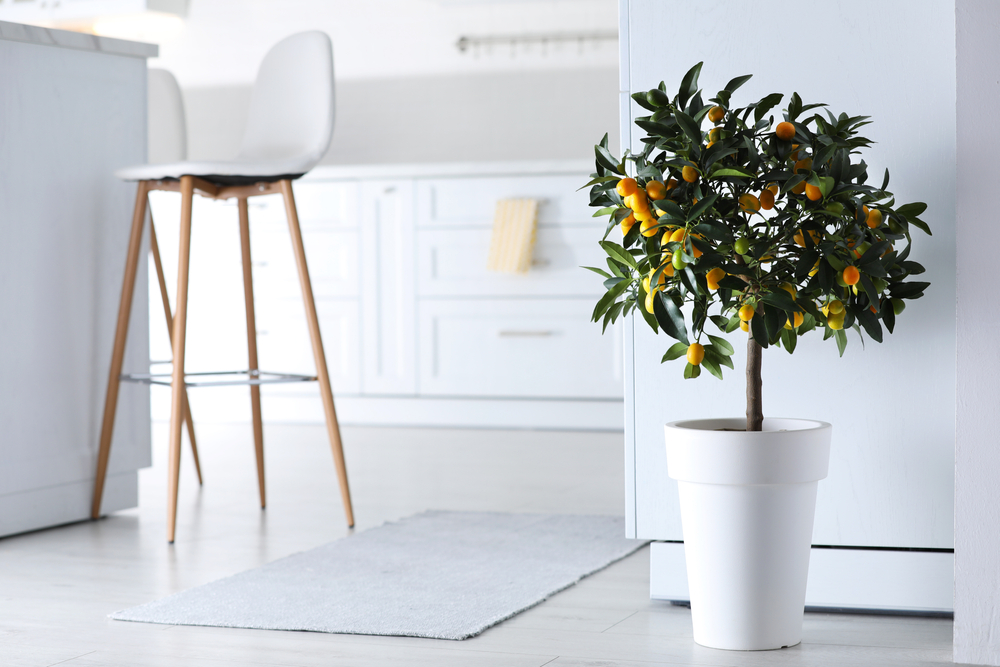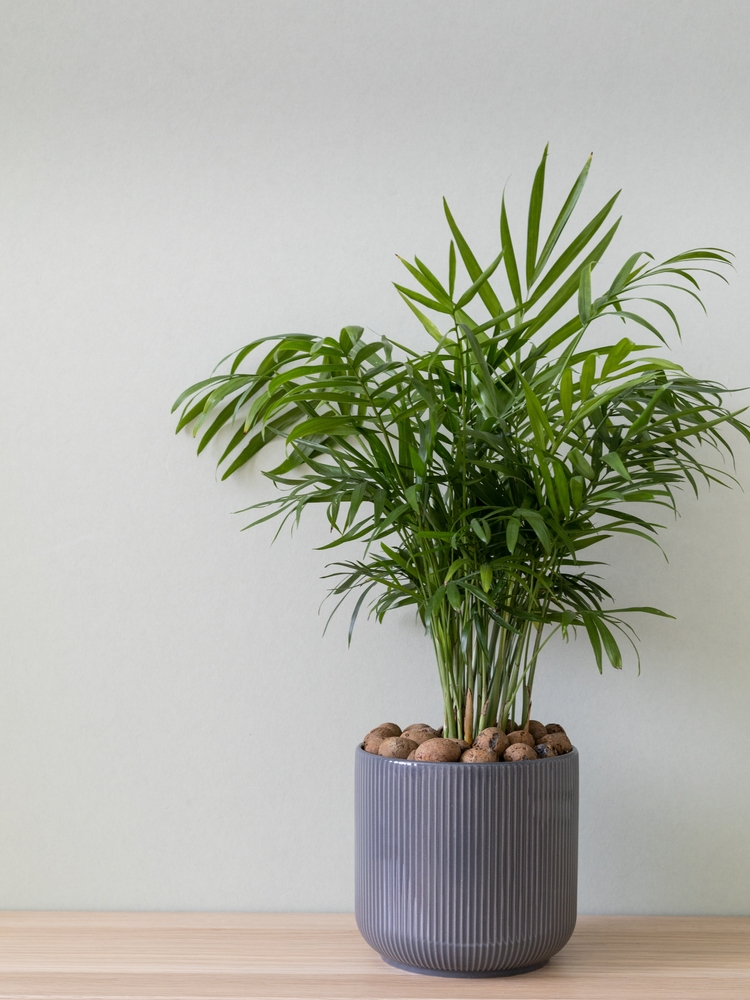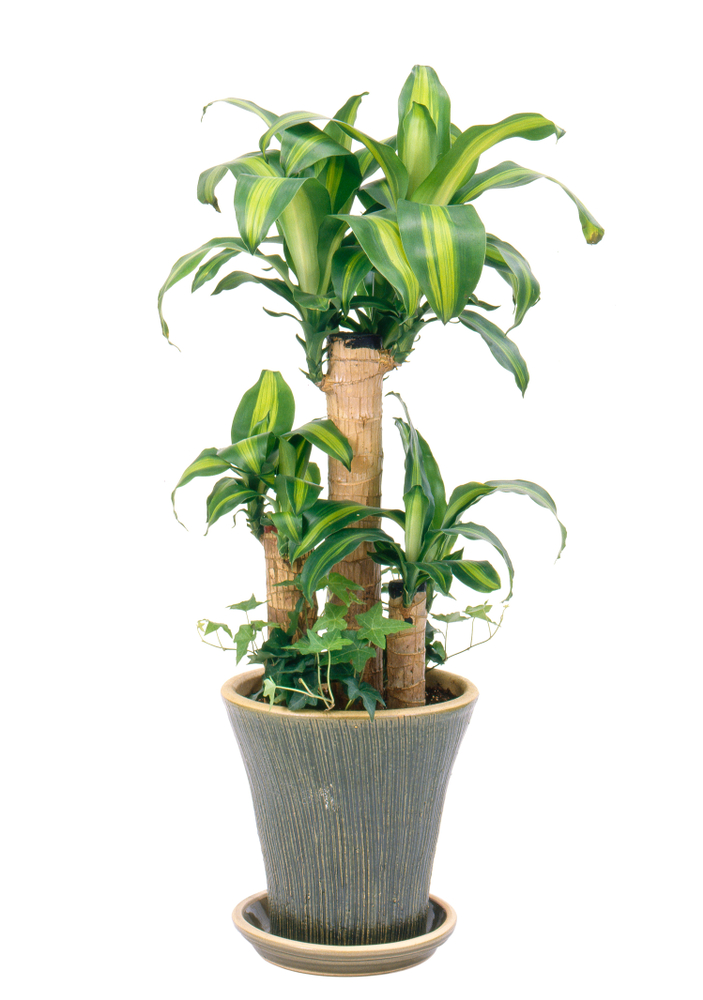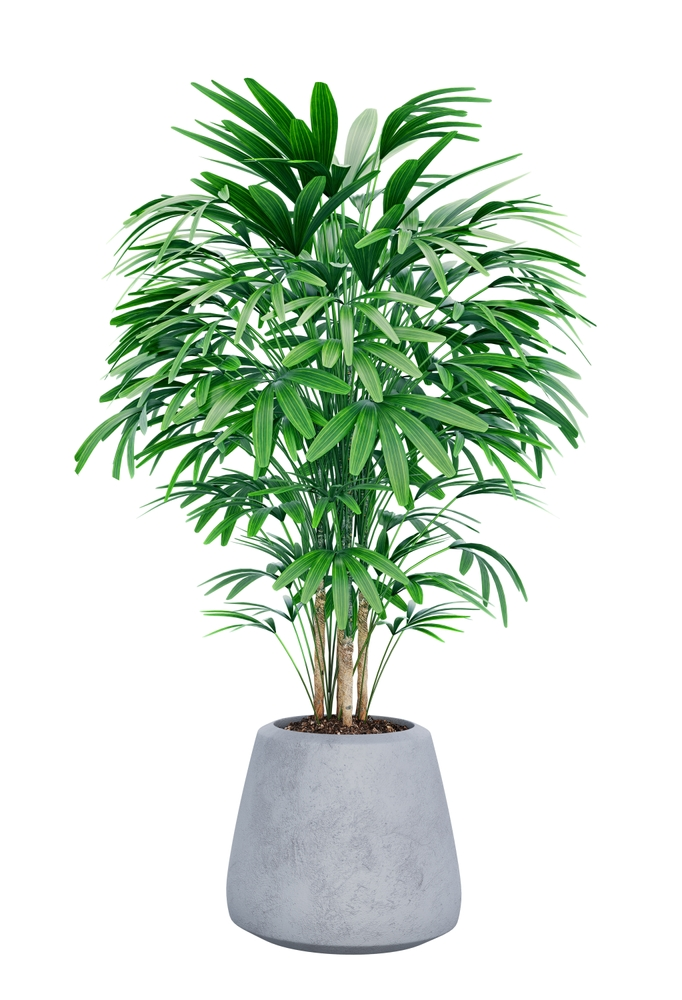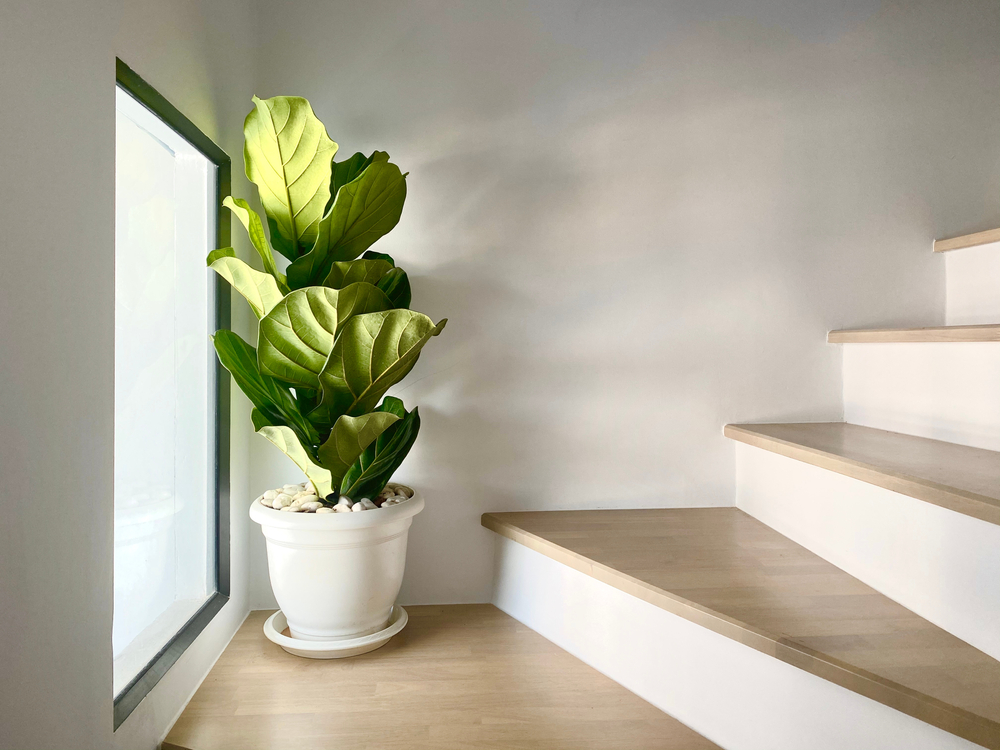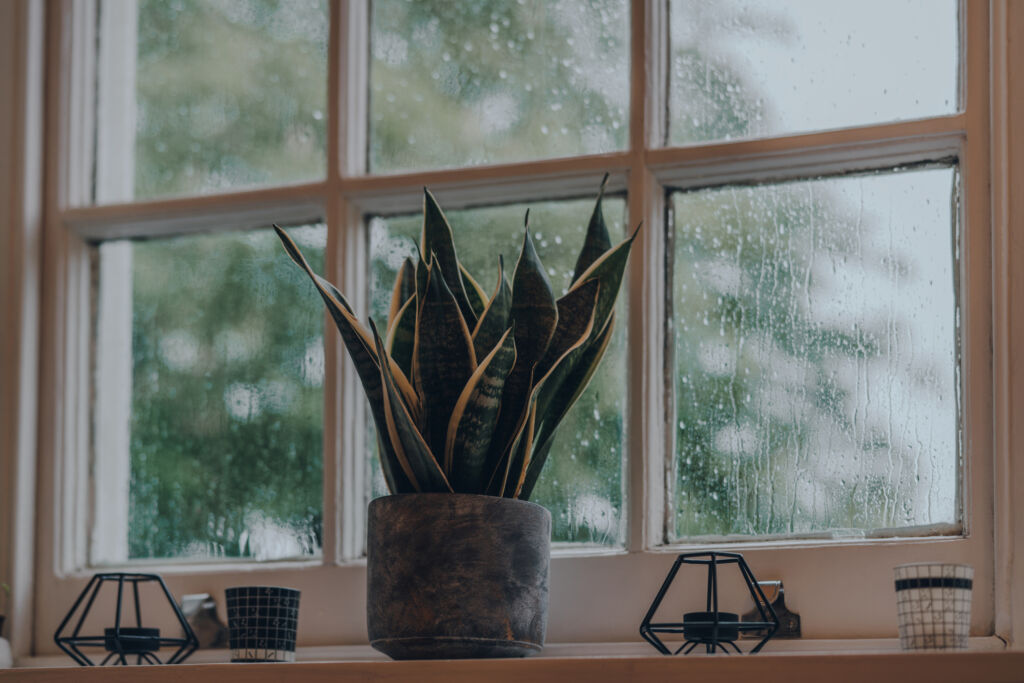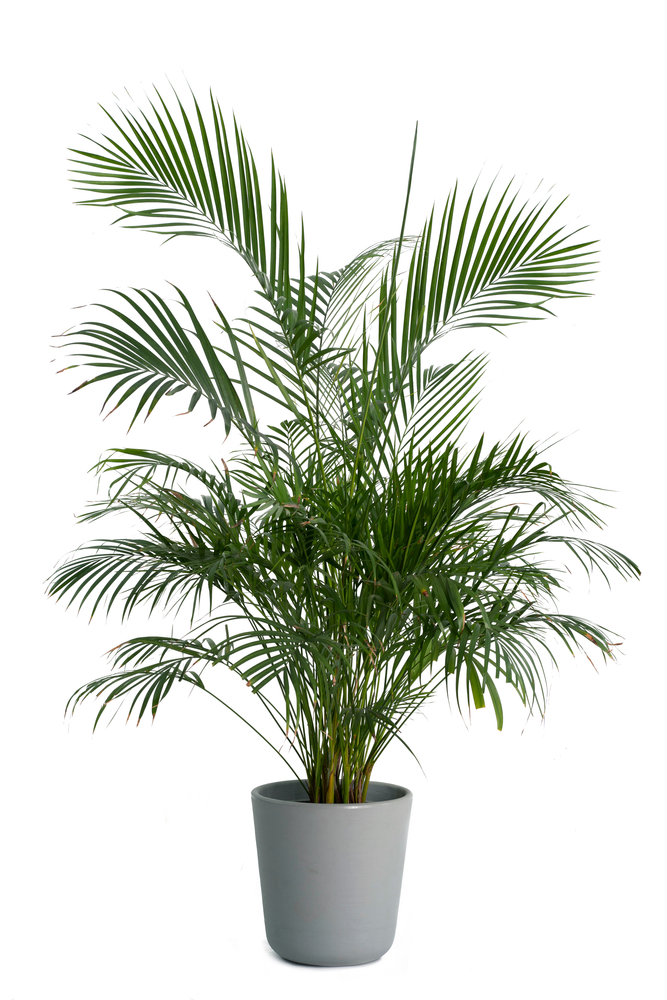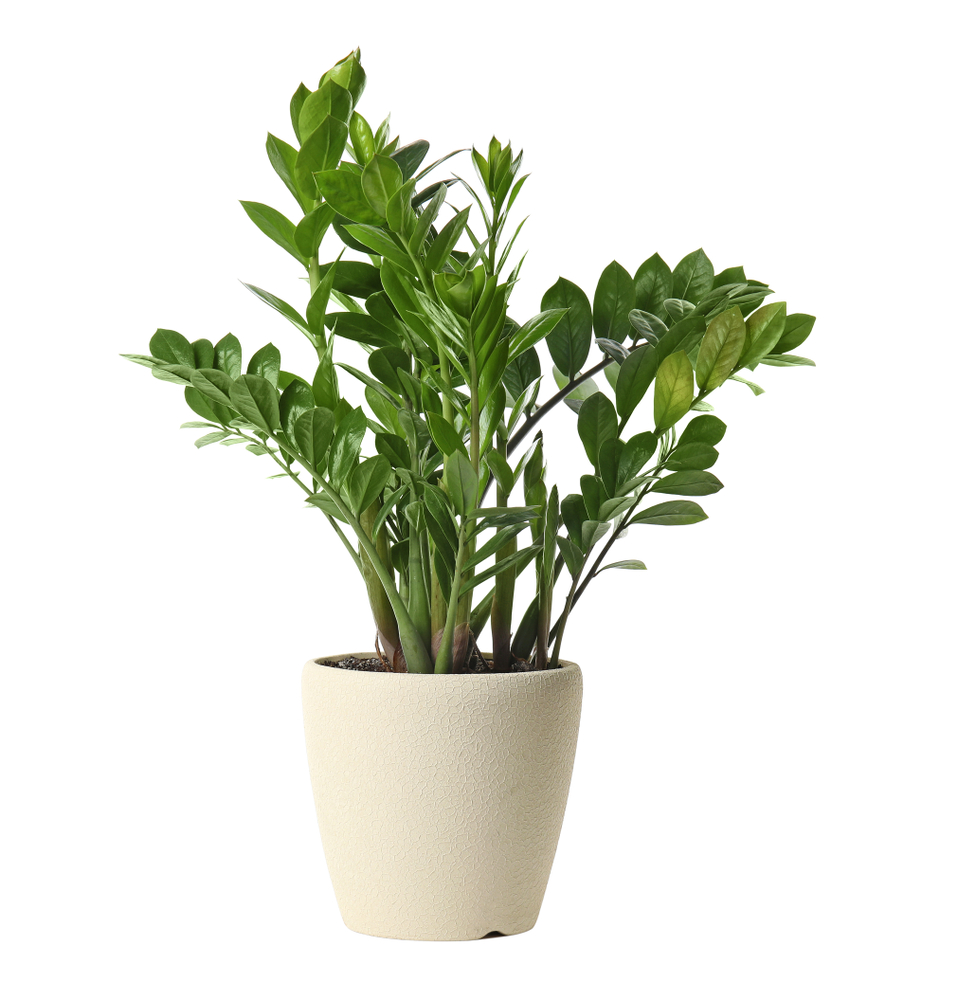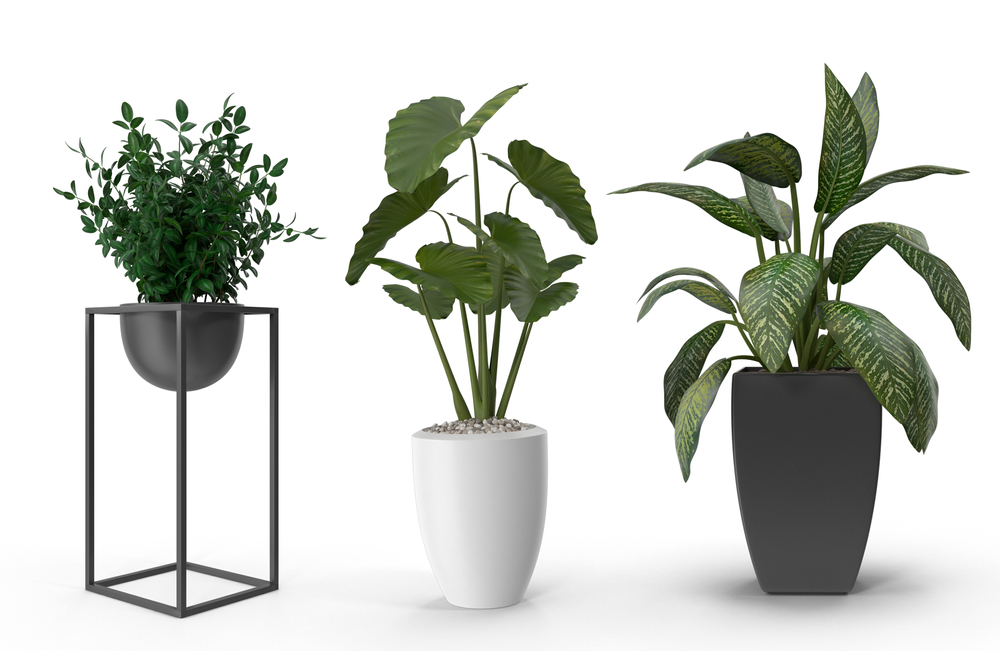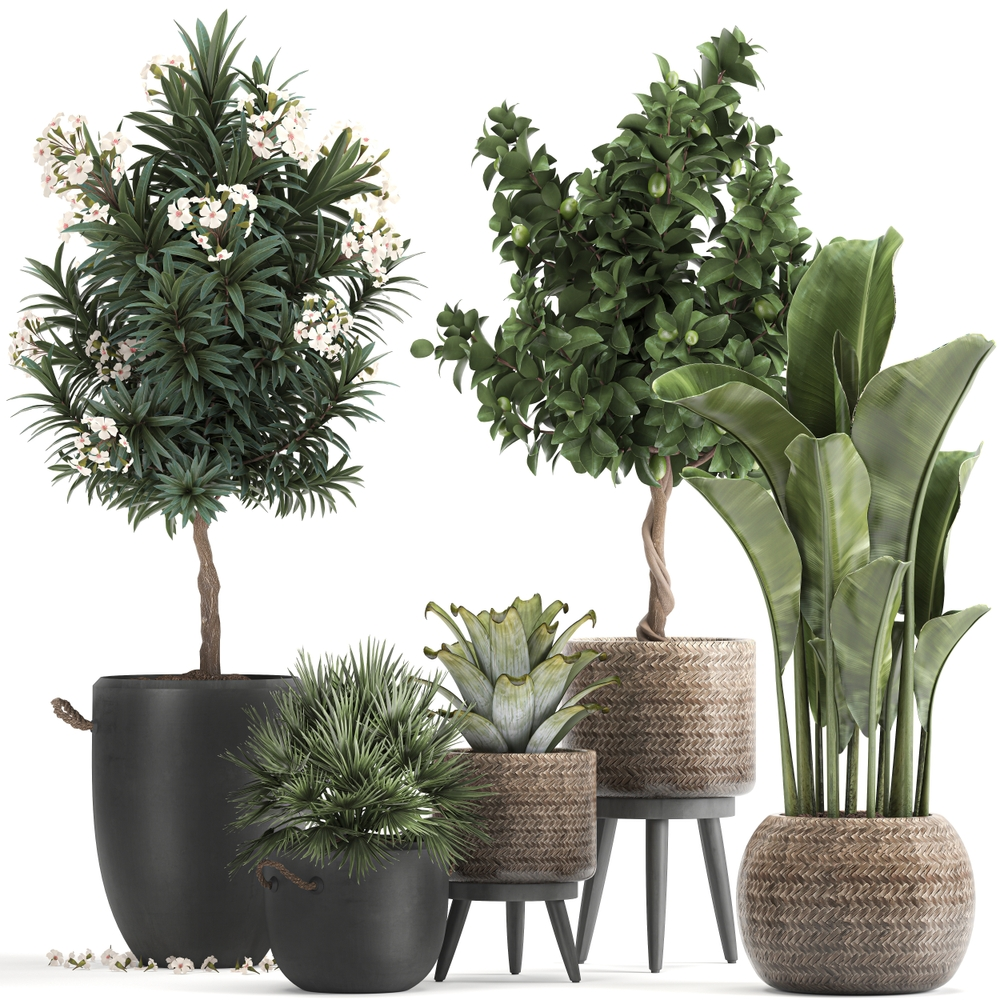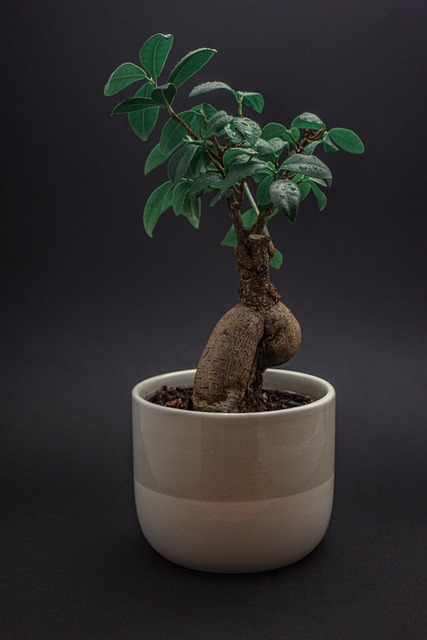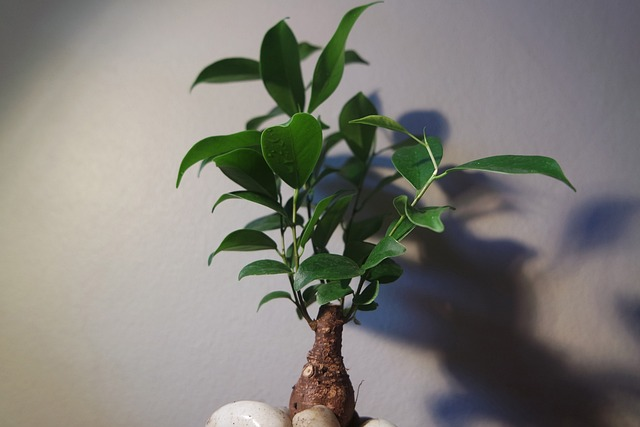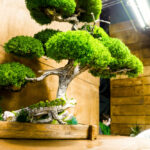HousePlantJoy is supported by our audience. When you purchase through one of our links, we may earn a small affiliate commission. As an Amazon Associate I earn from qualifying purchases. Your cost is not affected.
==================
Do you dream of a lush, green oasis in your home, but struggle with limited natural light? Don’t worry! A world of low-light indoor treecan bring life and vibrancy to any space, regardless of lighting conditions. In this blog post, we will introduce you to 10 fantastic indoor trees that not only tolerate low light but thrive in it. These trees will transform your indoor spaces, offering a breath of fresh air and a touch of the tropics, even in darker corners of your home.
Key Takeaways
- Low light indoor trees are perfect for adding nature to darker spaces.
- With the right care, these plants can thrive and bring beauty & freshness to any home or office.
- Low light indoor trees improve air quality, reduce stress, and create a comfortable atmosphere!
Thriving in the Shadows: Low Light Indoor Trees
Low-light indoor trees, the unsung heroes of the botanical world, adapt well to indoor environments, even those with limited natural light. These plants, thriving in light shade and tolerating low light conditions, are an excellent choice for indoor gardeners wishing to bring some of the outdoors to their living spaces.
From the slender silhouette of snake plants to the deep green foliage of parlor palms, these indoor trees come in various shapes, sizes, and textures. Whether you seek a small tree to illuminate a dim corner or a statement piece for your living room, you’ll find a low-light indoor tree suited to your space.
Rubber Plant (Ficus Elastica)
The vibrant Rubber Plant, originating from Africa, is a famous low-light indoor tree known for its large, glossy leaves that can grow up to 10 feet tall. Able to tolerate low light conditions, this plant prefers bright indirect light but can adapt to lower light levels if necessary.
Caring for a Rubber Plant Involves:
- Maintaining a stable environment (avoid moving the plant and keep it clear from drafts or heat sources)
- Providing indirect light
- Using well-draining soil
- Avoid overwatering, as rubber plants prefer their soil to be moist, not soggy.
Parlor Palm (Chamaedorea Elegans)
The Parlor Palm is a delightful, graceful indoor tree that loves low light and grows steadily in warm, humid conditions. Its elegant appearance, slender fronds, and compact size make it a popular choice for indoor spaces.
To properly care for your Parlor Palm, use a well-drained, peaty soil-based potting mix with an acidic to neutral pH. For the best results, water the palm when the top 1 inch of soil feels dry, and adjust the frequency based on the soil’s moisture level.
Ensure even sunlight reaches under the lush foliage canopy by rotating the pot weekly. Maintain an even shape by pruning away any bare stalks, and avoid exposing the plant to direct sunlight, as it thrives better in indirect sunlight.
Dracaena Family: Corn Plant and Dragon Tree
The Dracaena family includes the Corn Plant and Dragon Tree, both vibrant, low, light indoor trees with unique and beautiful appearances. The Corn Plant is a sturdy member of the Dracaena family, with long, slender leaves that gracefully grow upward from thick stems. Known as the Janet Craig Plant, this low-maintenance tree thrives in consistent temperatures and well-drained, moist soil, ideally in high-humidity environments.
Conversely, the Dragon Tree is a resilient, low-light indoor tree in various forms, like the Madagascar Dragon Tree. This sturdy, low-maintenance tree remarkably tolerates neglect. It sports stunning, narrow, blade-like leaves with beautiful red or purple edges, depending on the variety. Maintain the lush growth of a Dragon Tree by providing loose, well-drained soil and regular watering.
Whether you choose a Corn Plant or a Dragon Tree, both are excellent additions to your indoor plant collection. Remember, some Dracaena plants can be toxic if ingested by cats and dogs, so ensure these trees are placed safely around your pets.
Lady Palm (Rhapis Excelsa)
The Lady Palm is an excellent, slow-growing indoor tree with beautiful fan-shaped fronds that can happily tolerate low light conditions. Reaching maturity in four to seven years, this tree prefers moderate watering, moist soil, and temperatures between 60 and 80°F.
To care for a Lady Palm, provide well-draining soil, such as a mix of peat moss, perlite, and sand, for optimal moisture balance. Water the plant once a week for optimal growth when the top 50% of the soil is dehydrated, and adjust the frequency according to the conditions inside your home.
Fiddle Leaf Fig (Ficus Lyrata)
The Fiddle Leaf Fig is a sculptural indoor tree with large, violin-shaped leaves that can grow well in low-light environments. This tree has gained popularity recently, becoming a staple in many homes and offices. Native to the lush rainforests of western and central Africa, the Fiddle Leaf Fig can retain its green hue and maintain its bushy, complete look even in low light conditions.
Rotate the Fiddle Leaf Fig every few weeks to ensure every part of the plant gets light, aiding its growth. Moreover, occasional wiping of the large leaves helps keep dust away and maintains its vibrant appearance.
Snake Plant (Sansevieria Trifasciata)
The Snake Plant is a low-maintenance indoor tree with tall, upright leaves that can thrive in low-light conditions. This striking plant is perfect for those looking to add indoor plants to their spaces with limited natural light, as it can adapt to different light levels and flourish.
While Snake Plants prefer warm, bright light, they are also tolerant of lower light levels. Plant them in well-draining soil for optimal growth and maintain moisture at the top of the soil. They develop best in high-humidity environments, a condition that can be easily replicated using a humidifier.
Money Tree (Pachira Aquatica)
Popularly believed to bring good fortune and prosperity to its caregivers, the Money Tree is a popular choice for indoor trees. Able to grow well in low-light spaces, this tree makes a versatile addition to your home or office. The Money Tree thrives in bright, filtered, and low indirect light, making it suitable for various environments.
To Care For Your Money Tree, Follow These Steps:
- Use well-draining, sandy, peat-moss-based soil.
- Water it every one to two weeks, allowing the soil to mostly dry out between each watering.
- Adjust the watering frequency according to the conditions inside your home for optimal growth.
Kentia Palm (Howea Forsteriana)
The elegant Kentia Palm is an indoor tree with feather-like leaves that can survive in low-light conditions. This slow-growing palm adds a touch of sophistication to any space, making it a popular choice for interior design enthusiasts.
Kentia Palm Care Involves:
- Maintaining lightly moist soil
- Watering when the top inch of soil begins to dry
- Avoiding overwatering to prevent root rot
- Allowing the top few inches of soil to dry out between waterings to ensure optimal growth.
ZZ Plant (Zamioculcas Zamiifolia)
The ZZ Plant is a low-care indoor tree with deep green leaves that can thrive in low light environments. Known for its ability to tolerate neglect, this plant is perfect for those who may not have a green thumb but still want to add a touch of nature to their homes.
ZZ Plant Care Involves:
- Exposure to bright indirect light, even though it can adapt to lower light levels
- Planting it in well-draining soil
- Watering it every 2-3 weeks, while allowing the soil to dry out between watering
- In low light environments or during winter, this plant can stay healthy even with watering as infrequently as once a month.
Chinese Evergreen (Aglaonema spp.)
The Chinese Evergreen is a versatile indoor tree that can grow in low light and adapt to various humidity levels. Its beautiful foliage comes in multiple patterns and colors, making it a visually appealing addition to any space.
Though it thrives in high humidity, this adaptable plant can tolerate average indoor environments. Chinese Evergreen care involves providing low to bright indirect light, moistening soil, and occasional fertilization. With proper care, the stunning appearance and air-purifying qualities of this plant will reward you.
Indoor Tree Care Tips for Low Light Environments
Although caring for indoor trees in low-light environments might seem challenging, a few helpful tips can ensure your trees grow strong and healthy, even under less-than-ideal lighting. Consider using a light meter to measure indoor light and adjust the tree’s placement accordingly, ensuring your low-light indoor tree receives adequate light. Supplement your tree’s light needs with a grow light if your home lacks sufficient natural light. Besides providing the right light, proper watering of your indoor tree is also essential.
Here are Some Tips For Watering Your Indoor Tree:
- Water the tree when the top inch of soil starts to dry.
- Adjust the watering frequencylow-ligh according to the soil’s moisture level.
- Remember that some low light indoor trees, such as the Snake Plant, are drought-tolerant and withstand less frequent watering.
Finally, consider the humidity levels in your home since many indoor trees flourish in high-humidity environments. Increase humidity by grouping your tree with other plants or using a water-filled pebble tray. This tactic creates a more comfortable environment for your tree, improving its overall health and appearance.
Common Challenges and Solutions for Low-Light Indoor Trees
Common challenges low-light indoor trees face include leaf drop, lack of flowering, and nutrient deficiencies. Address these issues by ensuring your tree receives adequate light and adjusting its placement if necessary. Maximize the indirect light your tree receives by cleaning windows and using sheer curtains or shades.
Proper watering and soil management also play a crucial role in preventing challenges associated with low-light indoor trees. To avoid root rot, use well-draining soil and water the tree when the top inch of soil dries. Avoid overwatering as it can lead to problems, including root rot and fungal infections, due to soggy soil.
Regular fertilization of your tree can assist in addressing nutrient deficiencies and promoting healthy growth. Apply a balanced fertilizer designed explicitlylow-light for indoor trees at the recommended rates. Addressing these common challenges will better equip your low light indoor tree to thrive in its environment.
The Benefits of Low-Light Indoor Trees
Your home or office space can reap numerous benefits from low-light indoor trees, even if you don’t have access to a brighter light source. Some of these benefits include:
- Bringing a touch of nature indoors
- Enhancing air quality by absorbing carbon dioxide and releasing oxygen
- Creating a more soothing and comfortable atmosphere
- Helping reduce stress and improve overall well-being.
Beyond their aesthetic and health benefits, low-light indoor trees are ideal for spaces with limited natural light. Their ability to adapt to different lighting conditions and still grow strong and healthily makes them a perfect choice for those desiring to add greenery to their indoor spaces without the need for bright light.
Choosing the Right Tree for Your Space
To select the perfect low-light indoor tree for your space, consider various factors, including the tree’s light and moisture requirements, eventual mature size, and personal preferences. Research each tree’s needs to guarantee it will thrive in your environment.
Consider your style and the overall aesthetic of your space when choosing an indoor tree. Depending on your preference, you might opt for trees with unique and sculptural shapes, like the weeping fig or umbrella tree that can act as statement pieces, or others like the parlor palm or lady palm that offer a more classic and understated look.
Explore local plant nurseries, botanical gardens, or garden centers to find the perfect tree for your space. Consider exploring online plant shops and delivery services for a more comprehensive selection. A little research and consideration will lead you to the perfect low-ligh indoor tree that can transform your space into a lush, green oasis.
Wrapping It Up
To wrap it up, low-light indoor trees offer a fantastic way to add life and vibrancy to any space, regardless of lighting conditions. From the elegant Parlor Palm to the sculptural Fiddle Leaf Fig, a low-light indoor tree is perfect for your home or office. With proper care and attention, these trees can thrive and bring a touch of nature to your indoor spaces.
FAQs
What is a good indoor tree for low light?
The Lady Palm (Rhapis excelsa) is an ideal indoor tree for low light, with its slow-growing fan-like fronds and tolerance of typical household temperatures. Other good choices include the Diffenbachia ‘Tropic Snow’, Corn Plant (Dracaena fragrans), Parlour Palm (Chamaedorea elegans), and Dragon Tree (Dracaena draco).
What is the easiest indoor tree to take care of?
For an easy to care for an indoor tree, a small jade tree or lady palm could be ideal due to their low water and light requirements. Alternatively, the corn plant is also great for those looking for a lush, stocky tree with attractive variegated green leaves.
Is there a tree that can grow without sunlight?
Yes, the Eastern hemlock tree is capable of growing without sunlight, and it has a unique appearance of two-ranked dark green leaves and silver lines beneath its gray shoots.
How do I care for a low-light indoor tree in my home?
Care for your low-light indoor tree by providing adequate water, well-draining soil, and a suitable light condition based on its needs. With this care your tree will happily thrive in its new home!
Can low-light indoor trees improve air quality?
Yes, low-light indoor trees can significantly improve air quality by absorbing carbon dioxide and releasing oxygen into the air.
Learn More About Growing Indoor Trees and Houseplants!
Discover the ways of growing various indoor trees and houseplants! Join us on Facebook, Instagram, and Twitter for beautiful photos, plant care tips, and a community that celebrates the joy of indoor gardening.
Facebook: https://www.facebook.com/houseplantjoyblog
Instagram: http://instagram.com/houseplantjoy20
Twitter: https://twitter.com/HouseplantJoy
Let’s nurture our green spaces together!
Read More
More Interesting Links

